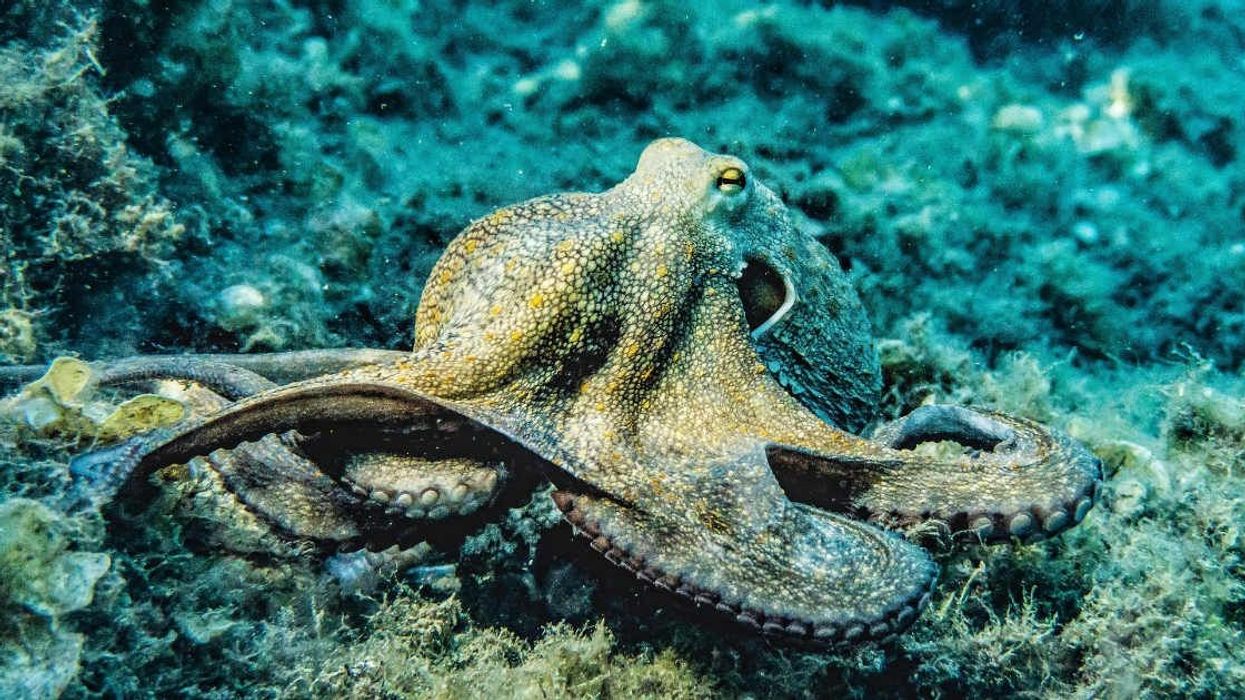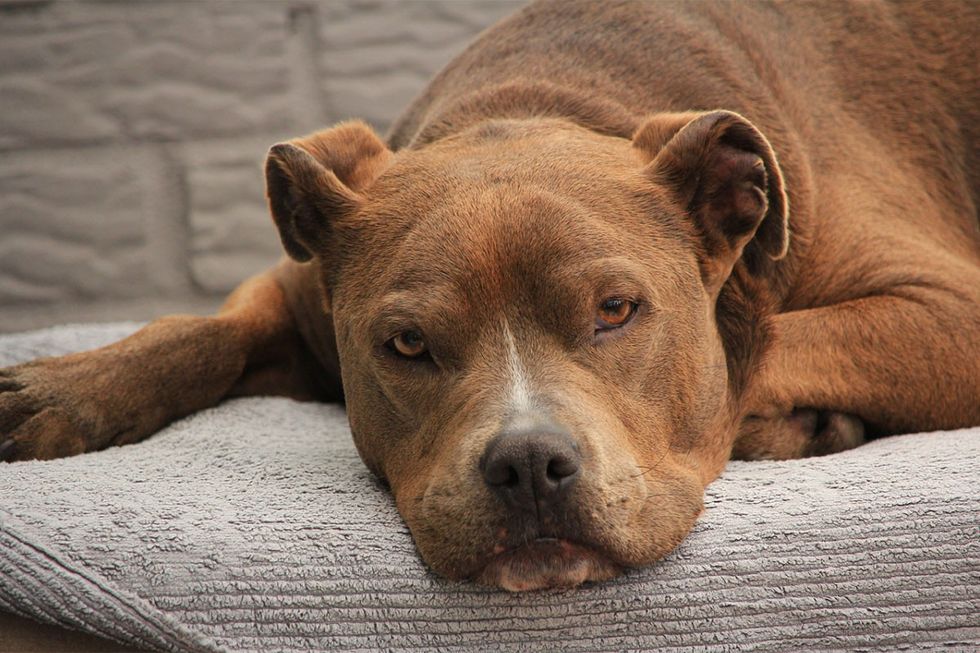Part 4 in "Village of the Dammed," a blog mini-series from Turkey, on the country's controversial Ilisu Dam.Before heading to Hasankeyf, the focus of the Ilisu Dam controversy, my traveling companions and I visited the small shiite village of Örtülü, in eastern Turkey, on the southwest side of Mount Ararat, where we were invited to spend the afternoon at the local schoolhouse.
Fourteen kids, ages six to 11, darted around the grounds in nationally mandated blue smock uniforms. They were all beautiful and, while they recited the Turkish alphabet for me with zeal, they were obviously way more interested in our presence (particularly the presence of my video camera), and the fleet of donkeys the boys had wrangled, than in the classroom. The majority of girls will attend school until the age of 11 or so when they'll then settle into domestic responsibilities. About half of the boys attend the middle school in a neighboring town while they other half stays to work on the farms. I chatted (via one of my travel companions Tamer, who translated) with Gokhan Güney, the only school teacher for a total enrollment of 32 students (though we never caught a glimpse of the missing 18). He mentioned that the population of the area has been steadily decreasing. Tamer later explained to me that Kurdish separatists come into the village and ask young Kurdish boys to join their cause, and boys who refuse are killed. Many pack up and leave the region out of fear and frustration. Since this visit, I've been thinking hard on the presence of the Kurdish nation in Turkey (which populates the region from here south to the Iraqi border) and their long and deeply rooted history of oppression.An estimated 15 million Kurds, more than half of the world's Kurdish population, live in Turkey, the rest divided between Iran, Iraq, and Syria. The small but loud extremist sect of the Kurds-that which casts the shadow of violence over Örtülü-began fighting with the Turkish government in 1984 for an autonomous Kurdistan, and since then, the conflict has taken between 35,000 and 40,000 lives. A couple days ago, 16 Turkish military guards were killed on the road from Van to the Iranian border by PKK (Kurdistan Workers Party) violence-a road I'd traversed earlier that very day, complaining how many security checkpoints we were forced to shuffle through. Our accommodations near Ararat, the glorious Hotel Nuh, also accommodated a group of 13 German tourists in July, three of whom were kidnapped off the slopes of Ararat by the PKK and rescued by Turkish forces one week later.This "invisible nation" of Kurds is the largest ethnic group in the world without a homeland. So, the reality that the Ilisu Dam will displace between 59 and 199 Kurdish settlements-depending on which side is counting-including Hasankeyf, is all the harder to swallow. The impending flooding the Ilisu Dam will cause has been called "a cultural massacre" by the pro-Kurdish parliament representative from this region, and locals theorize that the Turkish government is building the dam solely to uproot them: "If you can't catch a fish," one Hasankeyf resident says, "you drain the sea." On the other side of the argument, Tamer, a Turk who worked on the Ilisu project as a UNDP consultant in the '90s, does mourn the loss of sites like Hasankeyf and empathizes with the non-extremist Kurd population like those whom he and I talked to at the schoolyard this afternoon, but insists the dam is totally unrelated to concerns of national security. "[The dam] has nothing to do with the Kurds," he says in an exasperated tone (it seems he's heard this line of questioning before). "It is being built to bring jobs and irrigation to the region... It is one step in a 12-part project. You can't just stop in the middle."
Fourteen kids, ages six to 11, darted around the grounds in nationally mandated blue smock uniforms. They were all beautiful and, while they recited the Turkish alphabet for me with zeal, they were obviously way more interested in our presence (particularly the presence of my video camera), and the fleet of donkeys the boys had wrangled, than in the classroom. The majority of girls will attend school until the age of 11 or so when they'll then settle into domestic responsibilities. About half of the boys attend the middle school in a neighboring town while they other half stays to work on the farms. I chatted (via one of my travel companions Tamer, who translated) with Gokhan Güney, the only school teacher for a total enrollment of 32 students (though we never caught a glimpse of the missing 18). He mentioned that the population of the area has been steadily decreasing. Tamer later explained to me that Kurdish separatists come into the village and ask young Kurdish boys to join their cause, and boys who refuse are killed. Many pack up and leave the region out of fear and frustration. Since this visit, I've been thinking hard on the presence of the Kurdish nation in Turkey (which populates the region from here south to the Iraqi border) and their long and deeply rooted history of oppression.An estimated 15 million Kurds, more than half of the world's Kurdish population, live in Turkey, the rest divided between Iran, Iraq, and Syria. The small but loud extremist sect of the Kurds-that which casts the shadow of violence over Örtülü-began fighting with the Turkish government in 1984 for an autonomous Kurdistan, and since then, the conflict has taken between 35,000 and 40,000 lives. A couple days ago, 16 Turkish military guards were killed on the road from Van to the Iranian border by PKK (Kurdistan Workers Party) violence-a road I'd traversed earlier that very day, complaining how many security checkpoints we were forced to shuffle through. Our accommodations near Ararat, the glorious Hotel Nuh, also accommodated a group of 13 German tourists in July, three of whom were kidnapped off the slopes of Ararat by the PKK and rescued by Turkish forces one week later.This "invisible nation" of Kurds is the largest ethnic group in the world without a homeland. So, the reality that the Ilisu Dam will displace between 59 and 199 Kurdish settlements-depending on which side is counting-including Hasankeyf, is all the harder to swallow. The impending flooding the Ilisu Dam will cause has been called "a cultural massacre" by the pro-Kurdish parliament representative from this region, and locals theorize that the Turkish government is building the dam solely to uproot them: "If you can't catch a fish," one Hasankeyf resident says, "you drain the sea." On the other side of the argument, Tamer, a Turk who worked on the Ilisu project as a UNDP consultant in the '90s, does mourn the loss of sites like Hasankeyf and empathizes with the non-extremist Kurd population like those whom he and I talked to at the schoolyard this afternoon, but insists the dam is totally unrelated to concerns of national security. "[The dam] has nothing to do with the Kurds," he says in an exasperated tone (it seems he's heard this line of questioning before). "It is being built to bring jobs and irrigation to the region... It is one step in a 12-part project. You can't just stop in the middle."
















 Otis knew before they did.
Otis knew before they did.